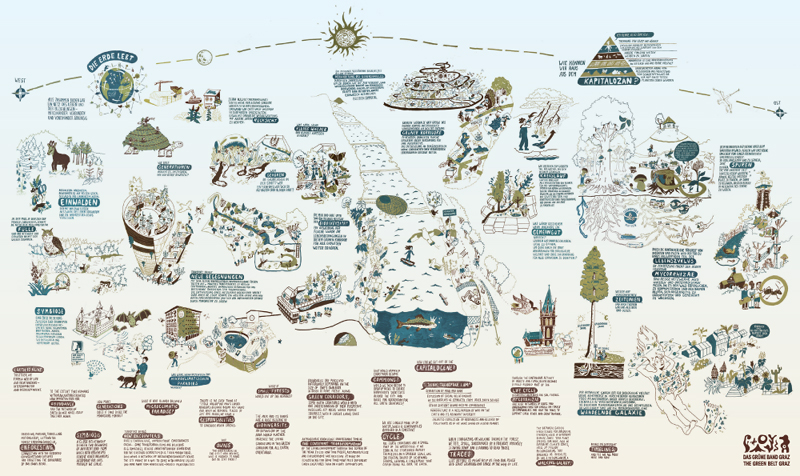
Poster „The Green Belt Graz“ with drawings of Coline Robin,
Design: Margit Steidl, 2024-25
|
|
|
*
* * * * * * * * * * * * * *
* * * * * * * * * * * * *
* * * * * * * * * * * * * *
* * * * * * * * * * * * * |